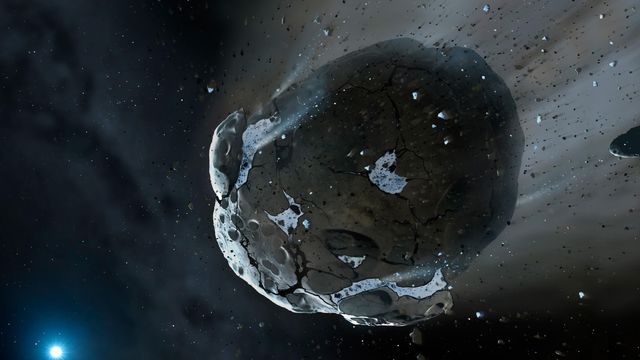Geminid meteor shower peaks Saturday evening
The Geminid meteor shower, named for the constellation Gemini where the meteors appear to radiate from, peaks this weekend. Saturday night, the earth will be in the densest part of the stream of dust left behind by asteroid Phaethon 3200.
Posted — UpdatedThe Geminid meteor shower, named for the constellation Gemini where the meteors appear to radiate from, peaks this weekend. Saturday night, the earth will be in the densest part of the stream of dust left behind by asteroid Phaethon 3200.
Meteor lovers have this weekend circled on their calendars for a number of reasons. The Geminids are the most active and most dependable of the year’s meteor showers. The source of the Geminids is an asteroid rather than a comet, which produces a grittier stream of debris and more brilliant and colorful (yellows and greens) meteors.
Activity has increased since it was first observed in the mid 1800s. Last but certainly not least: this family friendly shower is peaking on a weekend with viewing possible as soon as it gets dark and improving as the evening goes on. Bundle up the kids and get them outside looking up.
There is some disagreement about what Phaethon 3200 is exactly and what to call it. One theory is that it is a chunk off a larger asteroid created in a collision in the main asteroid belt. Phaethon may be a dead comet, which has ejected all its ice and gas. The most interesting theory is that Phaethon is a “rock comet.”
In a 2010 paper in the Astronomical Journal, UCLA’s David Jewitt pointed to Phaethon 1.4 year orbit, which brings it very close to the sun producing dust by creating fractures and burning the dust right off surface. Dr. Jewitt last shared these findings when he visited the North Carolina Museum of Natural Sciences during the opening of the new wing in 2012. The name Phaethon means “Shining One” in Greek and comes from the mythological character who drove sun-god Helios' chariot.
Meteors activity may be visible as soon as it gets dark and will increase as the constellation rises around 7 p.m. with activity increasing until midnight. During the evening hours, city dwellers can expect to see 10-20 Geminids per hour, suburbs 20-30 and rural locations can look for 30-40. As the radiant continues to rise, meteor activity increases until about midnight when the quarter moon rises and begins washing out fainter meteors.
Copyright 2024 by Capitol Broadcasting Company. All rights reserved. This material may not be published, broadcast, rewritten or redistributed.






